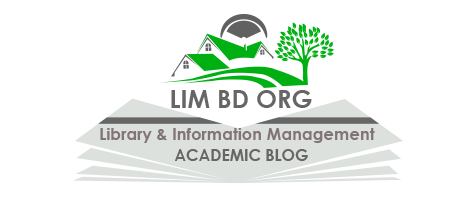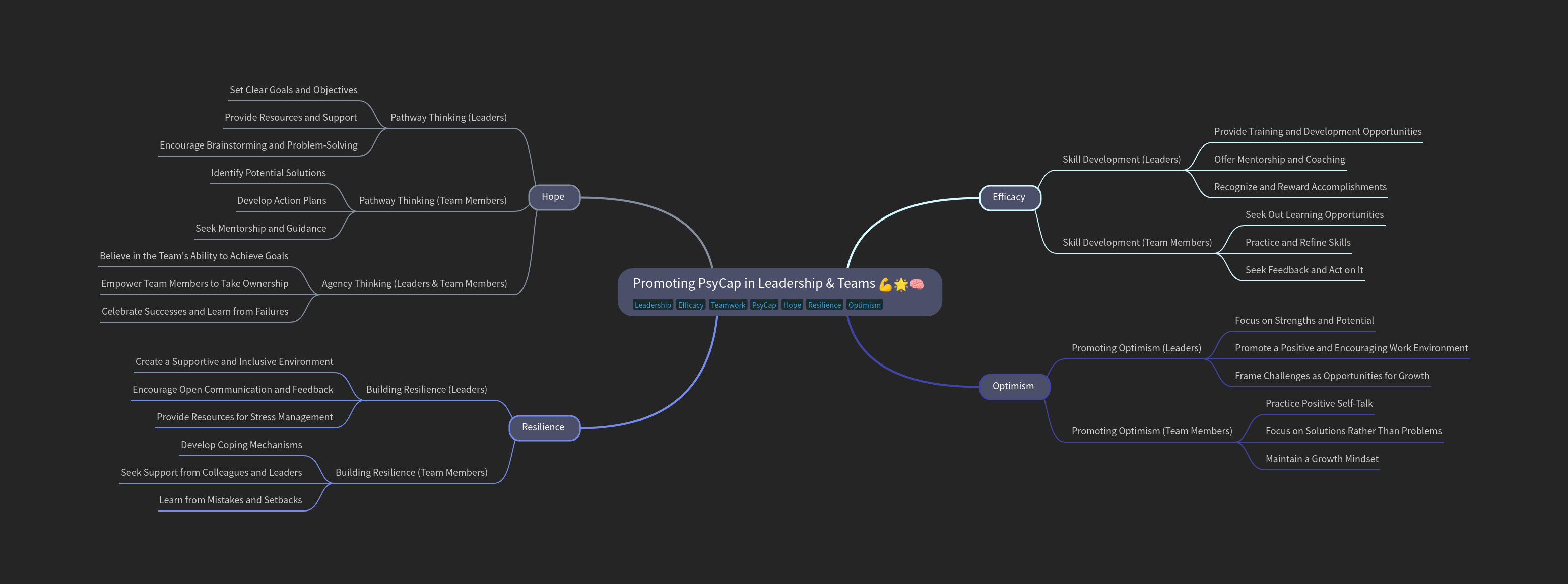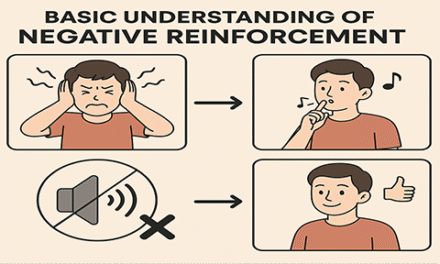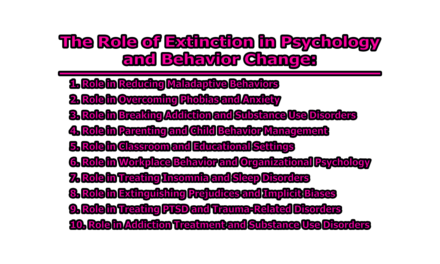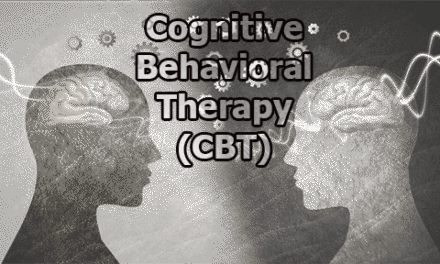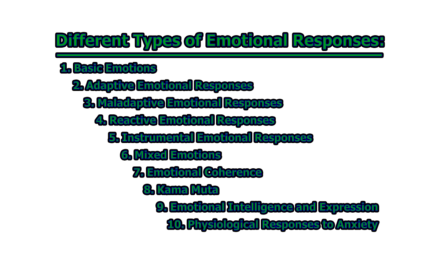Promoting PsyCap in Leadership and Teams:
Psychological Capital (PsyCap), a core construct in positive organizational behavior, encompasses four key components: hope, efficacy, resilience, and optimism (Luthans et al., 2007). These elements are essential in enhancing employee performance, satisfaction, and overall organizational effectiveness. Promoting PsyCap within leadership and teams contributes significantly to a positive work culture, improved problem-solving capabilities, and sustained organizational success (Avey et al., 2011). This article provides an exploration of promoting PsyCap in leadership and teams.
1. Hope:
Hope, a foundational component of PsyCap, is defined as a positive motivational state based on an interactively derived sense of successful agency (goal-directed energy) and pathways (planning to meet goals) (Snyder, 2000). In leadership and teams, hope drives persistence, innovation, and the ability to overcome obstacles.
1.1 Pathway Thinking (Leaders): Pathway thinking refers to the capacity to develop multiple strategies or routes to achieve goals. Leaders can foster this through:
- Set Clear Goals and Objectives: Leaders must articulate specific, measurable, attainable, relevant, and time-bound (SMART) goals. Clear objectives provide direction and purpose, essential for sustaining hope. Research indicates that goal clarity positively influences employee motivation and performance (Luthans et al., 2007).
- Provide Resources and Support: Leaders should ensure that teams have access to necessary resources, including training, tools, and time, to achieve their goals. Google’s 20% innovation time policy exemplifies how providing space for creative problem-solving fosters hopeful thinking and innovative solutions (Bock, 2015).
- Encourage Brainstorming and Problem-Solving: Leaders should promote a culture where brainstorming is valued. Regular problem-solving sessions enable teams to develop multiple pathways to achieve goals, enhancing adaptability and hope (Snyder, 2000).
1.2 Pathway Thinking (Team Members): Team members can strengthen pathway thinking by:
- Identify Potential Solutions: Teams should be encouraged to identify diverse solutions to problems. This proactive approach fosters hope by illustrating that there are multiple ways to achieve success (Lopez et al., 2004).
- Develop Action Plans: Effective teams translate ideas into actionable plans. Breaking down large goals into smaller, manageable tasks enhances clarity and fosters hope by making objectives seem achievable.
- Seek Mentorship and Guidance: Team members who seek mentorship benefit from shared experiences and strategies. Mentorship provides alternative pathways to overcome challenges, boosting hope and confidence (Luthans & Youssef, 2004).
1.3 Agency Thinking (Leaders and Team Members): Agency thinking reflects the motivational aspect of hope—the belief in one’s ability to achieve goals.
- Believe in the Team’s Ability to Achieve Goals: Leaders and team members must cultivate confidence in their collective ability. Positive reinforcement and highlighting past successes can bolster agency thinking (Snyder et al., 2002).
- Empower Team Members to Take Ownership: Leaders should delegate responsibilities and provide autonomy. Empowerment increases intrinsic motivation and fosters a sense of agency, crucial for maintaining hope during challenging times.
- Celebrate Successes and Learn from Failures: Recognizing achievements, no matter how small, reinforces belief in the team’s capabilities. Additionally, reframing failures as learning opportunities helps maintain hope and encourages persistence (Luthans et al., 2007).
2. Efficacy:
Efficacy, a pivotal component of PsyCap, refers to an individual’s belief in their ability to successfully execute tasks and achieve specific goals (Bandura, 1997). High levels of efficacy lead to greater persistence, resilience, and willingness to take on challenges.
2.1 Skill Development (Leaders): Leaders play a crucial role in fostering efficacy by developing their skills and supporting the growth of their teams.
- Provide Ongoing Training and Development Opportunities: Effective leaders create environments where continuous learning is prioritized. Offering workshops, seminars, and leadership development programs helps leaders refine their capabilities and stay updated with industry trends. For example, leadership academies in organizations like IBM focus on nurturing leaders’ strategic thinking and decision-making skills (Stajkovic & Luthans, 1998).
- Offer Mentorship and Coaching Opportunities: Mentorship fosters self-efficacy by providing leaders with access to experienced professionals who can offer guidance and share best practices. Coaching programs enable leaders to identify strengths, address weaknesses, and develop tailored growth strategies (Avolio & Luthans, 2006).
- Recognize and Reward Accomplishments: Acknowledging achievements builds confidence and motivates leaders to pursue more challenging objectives. Recognition can take various forms, such as formal awards, promotions, or simple expressions of appreciation during team meetings. Google’s peer recognition program exemplifies how acknowledgment can boost efficacy and morale.
2.2 Skill Development (Team Members): Team members also need to cultivate efficacy by engaging in continuous skill development and embracing a growth-oriented mindset.
- Seek Out and Participate in Learning Opportunities: Proactive participation in training sessions, certification programs, and cross-functional projects allows team members to enhance their skill sets. Companies like Microsoft offer access to online learning platforms that enable employees to upskill at their own pace (Rego et al., 2012).
- Practice and Refine Newly Acquired Skills: Applying new knowledge in real-world settings solidifies learning and boosts confidence. Leaders can support this by assigning projects that challenge team members to utilize and refine their skills.
- Actively Seek Feedback and Incorporate It: Constructive feedback provides essential insights that help team members recognize areas for improvement. Implementing feedback fosters a continuous improvement mindset and strengthens self-efficacy. For instance, agile teams use regular retrospective meetings to reflect on progress and plan improvements.
3. Resilience:
Resilience, a core component of PsyCap, refers to the capacity to recover from adversity, adapt to change, and continue pursuing goals despite challenges (Luthans et al., 2006). In leadership and team contexts, resilience ensures that individuals and organizations can withstand stressors and emerge stronger.
3.1 Building Resilience (Leaders): Leaders play an essential role in fostering resilience within organizations by creating supportive environments and modeling adaptive behaviors.
- Create a Supportive and Inclusive Environment: Resilient leaders prioritize psychological safety, where team members feel comfortable sharing ideas, voicing concerns, and admitting mistakes without fear of retribution. Organizations like Google emphasize psychological safety as a key factor in high-performing teams (Kahn, 1990).
- Encourage Open Communication and Constructive Feedback: Transparent communication builds trust and equips teams to handle uncertainty. Leaders should provide regular feedback sessions and encourage dialogue about challenges, fostering a culture where issues are addressed collaboratively (Edmondson, 1999).
- Provide Resources for Stress Management: Leaders can support resilience by offering resources such as wellness programs, mindfulness training, and flexible work arrangements. For example, Salesforce’s mindfulness programs have been shown to reduce employee stress and enhance overall well-being (Luthans & Vogelgesang, 2005).
3.2 Building Resilience (Team Members): Team members also need to develop resilience to sustain performance and adapt to organizational changes.
- Develop Effective Coping Mechanisms: Team members should be encouraged to adopt healthy coping strategies, such as mindfulness, physical exercise, and time management techniques. These practices help manage stress and maintain focus during challenging periods (Tugade & Fredrickson, 2004).
- Seek Support from Colleagues and Leaders: Building strong interpersonal relationships within teams fosters resilience. Supportive networks provide emotional backing, practical advice, and a sense of belonging, which are essential during times of stress or change.
- Learn from Mistakes and Setbacks: Resilient teams view failures as learning opportunities. Conducting after-action reviews or post-mortem analyses after projects can help teams identify areas for improvement, adjust strategies, and build confidence for future endeavors.
4. Optimism:
Optimism, a necessary element of PsyCap, involves maintaining a positive outlook and expecting favorable outcomes, even in the face of adversity (Luthans et al., 2007). Optimistic leaders and team members focus on opportunities rather than obstacles, which enhances performance, motivation, and overall workplace satisfaction.
4.1 Promoting Optimism (Leaders): Leaders significantly influence the overall optimism of their teams by modeling positive attitudes and framing challenges constructively.
- Focus on Strengths and Potential: Optimistic leaders recognize and leverage the strengths of their team members. By highlighting potential and providing opportunities that align with employees’ capabilities, leaders inspire confidence and enthusiasm. For example, organizations like Zappos emphasize a strengths-based leadership approach, contributing to higher employee satisfaction (Seligman, 2006).
- Promote a Positive and Encouraging Work Environment: Leaders should cultivate an atmosphere where positivity is the norm. This can be achieved by recognizing achievements, encouraging collaboration, and providing constructive feedback. Research shows that positive work environments enhance creativity, productivity, and resilience (Fredrickson, 2001).
- Frame Challenges as Opportunities for Growth: Optimistic leaders view obstacles as chances for learning and development. By reframing challenges in this way, they foster a growth mindset within their teams. For instance, during periods of organizational change, leaders at Netflix encourage teams to see disruptions as opportunities to innovate and improve services (Dweck, 2006).
4.2 Promoting Optimism (Team Members): Team members contribute to an optimistic organizational culture by adopting positive perspectives and focusing on solutions.
- Practice Positive Self-Talk: Positive self-talk helps team members manage stress and maintain motivation. Replacing negative thoughts with constructive affirmations can significantly improve performance and well-being. Cognitive-behavioral techniques that promote positive thinking have been shown to enhance workplace optimism (Peterson, 2000).
- Focus on Solutions Rather Than Problems: Teams that adopt a solution-oriented mindset are better equipped to overcome obstacles. Encouraging brainstorming sessions and collaborative problem-solving fosters a sense of ownership and empowerment among team members, leading to more innovative solutions.
- Maintain a Growth Mindset: Believing that abilities can be developed through dedication and effort fosters optimism and resilience. Teams with a growth mindset embrace challenges, persist through difficulties, and view failures as opportunities for improvement (Dweck, 2006).
It is apparent that promoting PsyCap among leaders and teams is essential for creating resilient, optimistic, and high-performing organizations. By focusing on hope, efficacy, resilience, and optimism, organizations can enhance both individual and collective performance, leading to sustainable success. The strategies outlined provide a comprehensive approach for leaders and teams aiming to strengthen PsyCap and drive organizational growth.
Frequently Asked Questions (FAQs):
What is Psychological Capital (PsyCap)?
Psychological Capital (PsyCap) is a positive psychological state characterized by four key components: hope, efficacy, resilience, and optimism. It plays a significant role in enhancing employee performance, satisfaction, and organizational effectiveness.
How can leaders promote hope within their teams?
Leaders can promote hope by:
- Setting clear and achievable goals.
- Providing necessary resources and support.
- Encouraging brainstorming and creative problem-solving.
- Empowering team members and celebrating achievements.
What role does efficacy play in team performance?
Efficacy, or self-confidence, influences persistence and the ability to overcome challenges. Leaders can build efficacy by:
- Offering training and development opportunities.
- Providing mentorship and coaching.
- Recognizing accomplishments.
How can organizations enhance resilience among employees?
Organizations can enhance resilience by:
- Creating supportive and inclusive environments.
- Encouraging open communication and feedback.
- Offering stress management resources and peer support programs.
Why is optimism important for leadership and team dynamics?
Optimism drives motivation and engagement by maintaining a positive outlook. It can be cultivated through:
- Focusing on strengths and potential.
- Promoting a positive work environment.
- Framing challenges as opportunities for growth.
How does PsyCap contribute to organizational success?
PsyCap boosts organizational success by enhancing employees’ psychological strengths, which leads to higher performance, greater job satisfaction, and improved resilience.
Can PsyCap be developed, or is it an innate trait?
PsyCap can be developed through intentional leadership practices, such as:
- Continuous training and development programs.
- Positive feedback and recognition systems.
- Creating opportunities for team members to experience small wins.
What practical steps can teams take to foster a PsyCap-rich environment?
Teams can:
- Set collective goals and develop actionable plans.
- Support each other through mentorship and feedback.
- Maintain a growth mindset and focus on solutions rather than problems.
How do hope and resilience interact in challenging times?
Hope provides the motivation and direction to pursue goals, while resilience enables teams to bounce back from setbacks. Together, they help teams remain persistent and adaptable during adversity.
What are the long-term benefits of promoting PsyCap in organizations?
Long-term benefits include:
- Sustained employee engagement and performance.
- Reduced turnover and increased organizational loyalty.
- A culture of positivity, adaptability, and continuous growth.
References:
- Avey, J. B., Reichard, R. J., Luthans, F., & Mhatre, K. H. (2011). Meta-analysis of the impact of positive psychological capital on employee attitudes, behaviors, and performance. Human Resource Development Quarterly, 22(2), 127-152. https://doi.org/10.1002/hrdq.20070
- Avolio, B. J., & Luthans, F. (2006). The high impact leader: Moments matter in accelerating authentic leadership development. McGraw-Hill.
- Bandura, A. (1997). Self-efficacy: The exercise of control. W.H. Freeman.
- Bock, L. (2015). Work rules!: Insights from inside Google that will transform how you live and lead. Twelve.
- Dweck, C. S. (2006). Mindset: The new psychology of success. Random House.
- Edmondson, A. (1999). Psychological safety and learning behavior in work teams. Administrative Science Quarterly, 44(2), 350-383. https://doi.org/10.2307/2666999
- Fredrickson, B. L. (2001). The role of positive emotions in positive psychology: The broaden-and-build theory of positive emotions. American Psychologist, 56(3), 218-226. https://doi.org/10.1037/0003-066X.56.3.218
- Kahn, W. A. (1990). Psychological conditions of personal engagement and disengagement at work. Academy of Management Journal, 33(4), 692-724.
- Lopez, S. J., Snyder, C. R., & Teramoto Pedrotti, J. (2004). Hope: Many definitions, many measures. In S. J. Lopez & C. R. Snyder (Eds.), Positive psychological assessment: A handbook of models and measures (pp. 91–107). American Psychological Association.
- Luthans, F., Vogelgesang, G. R., & Lester, P. B. (2006). Developing the psychological capital of resiliency. Human Resource Development Review, 5(1), 25-44. https://doi.org/10.1177/1534484305285335
- Luthans, F., Youssef, C. M., & Avolio, B. J. (2007). Psychological capital: Developing the human competitive edge. Oxford University Press.
- Peterson, C. (2000). The future of optimism. American Psychologist, 55(1), 44-55. https://doi.org/10.1037/0003-066X.55.1.44
- Rego, A., Sousa, F., Marques, C., & Cunha, M. P. (2012). Authentic leadership promoting employees’ psychological capital and creativity. Journal of Business Research, 65(3), 429-437. https://doi.org/10.1016/j.jbusres.2011.10.003
- Seligman, M. E. P. (2006). Learned optimism: How to change your mind and your life. Vintage.
- Snyder, C. R. (2000). Handbook of hope: Theory, measures, and applications. Academic Press.
- Snyder, C. R., Rand, K. L., & Sigmon, D. R. (2002). Hope theory: A member of the positive psychology family. In C. R. Snyder & S. J. Lopez (Eds.), Handbook of positive psychology (pp. 257–276). Oxford University Press.
- Stajkovic, A. D., & Luthans, F. (1998). Self-efficacy and work-related performance: A meta-analysis. Psychological Bulletin, 124(2), 240-261. https://doi.org/10.1037/0033-2909.124.2.240
- Tugade, M. M., & Fredrickson, B. L. (2004). Resilient individuals use positive emotions to bounce back from negative emotional experiences. Journal of Personality and Social Psychology, 86(2), 320-333. https://doi.org/10.1037/0022-3514.86.2.320

Library Lecturer at Nurul Amin Degree College
